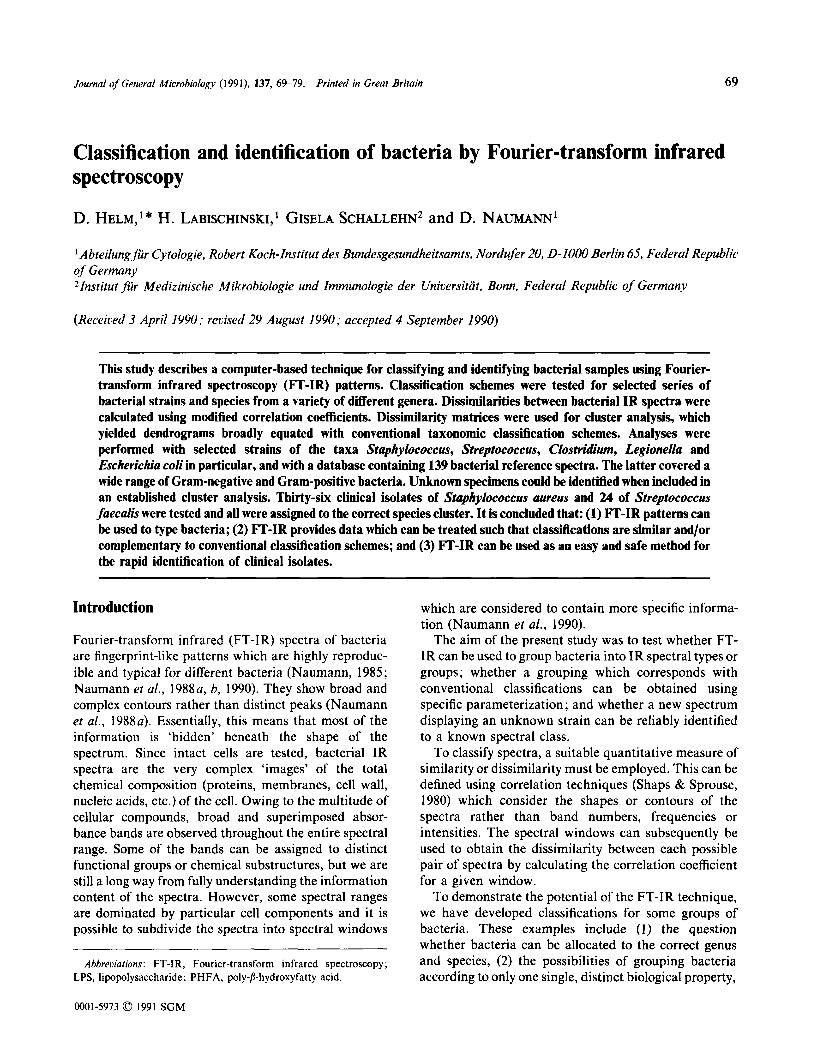Exothermic and Endothermic Reactions - Free Essays, Term.
Exothermic and Endothermic Reactions Essay Exothermic and Endothermic Reactions The release of energy in chemical reactions occurs when the reactants have higher chemical energy than the products. The chemical energy in a substance is a type of potential energy stored within the substance.Endothermic And Exothermic Reactions. A chemical reaction is a process in which one or more substances are chemically changed into one or more new substances. A chemical reaction may involve the motion of electrons in the forming and breaking of chemical bonds.A reaction in which energy is absorbed from the surroundings is called an endothermic reaction. In endothermic reactions the enthalpy of the products is greater than the enthalpy of the reactants. Because reactions release or absorb energy, they affect the temperature of their surroundings. Exothermic reactions heat up their surroundings while.
An endothermic reaction is a chemical reaction accompanied by the absorption of heat. This means that a substance is absorbing the energy from its surroundings. An example of this is when an ice cube melts. An exothermic reaction is a chemical reaction accompanied by the evolution of heat.Exothermic reactions transfer energy to the surroundings and the temperature of the surroundings increases. Endothermic reactions take in energy and the temperature of the surroundings decreases.

Chemical reactions that absorb energy are called endothermic reactions, these reactions are observed by a decrease in temperature of the reaction mixture. Endothermic and Exothermic reactions release or absorb energy, the graph above shows the way in which the chemical energy changes. In this experiment, we investigate the change in temperature.












